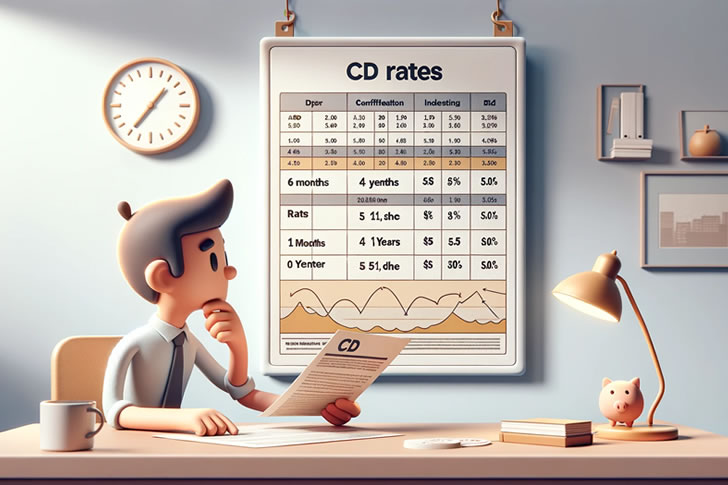Safe, High-Yield Investment Strategies for Seniors in the U.S.
As seniors approach or enter retirement, finding investment opportunities that provide both safety and a satisfactory yield can become paramount. The economic landscape in the U.S. poses unique challenges and opportunities for senior investors. Given their phase in life, the primary investment goals for many seniors include preserving capital, generating sufficient income to cover living expenses, and managing risk. This article explores some of the most viable and safe investment strategies for seniors seeking high-yield returns in the current economic climate.

Understanding the Importance of Risk Management in Senior Investments
Older adults must approach investments with an inclination toward risk management due to a shorter investment time horizon and the need for regular income. According to the Securities and Exchange Commission, retirees are encouraged to allocate their investments in a way that minimizes exposure to volatile markets. Research suggests that retirees should aim for a diversified portfolio that includes both equities and fixed-income investments, adjusting the allocation progressively towards the latter as they age.
High-Dividend Stocks: Balancing Growth and Income
Investing in high-dividend stocks is one method to achieve a balance between income generation and capital growth. Companies that pay consistent dividends tend to be more stable and less volatile compared to non-dividend-paying stocks. According to a report from Hartford Funds, from 1973 through 2020, dividends contributed 40% of the total equity return of the S&P 500. For retirees, focusing on sectors known for dividend stability, such as utilities or consumer staples, can be a prudent choice. However, the selection should be meticulously researched to mitigate sector-specific risks.
Fixed-Income Securities: Bonds and Beyond
Bonds are traditionally a staple in the senior investor’s portfolio because they provide regular income through interest payments. U.S. Treasury securities are among the safest in the world, as they are backed by the full faith and credit of the U.S. government. However, with interest rates at historically low levels in recent years, yields on these securities have dropped, prompting retirees to look for alternatives. High-quality corporate bonds and municipal bonds offer higher yields compared to treasuries and are generally still considered safe, especially if they are rated ‘investment grade’ by major rating agencies.
Certificates of Deposit and Money Market Funds: Security with Mild Returns
Certificates of Deposit (CDs) and money market funds are other popular options for conservative senior investors. CDs offer a fixed interest rate for a specified term, which could range from a few months to several years, with longer terms typically offering higher rates. According to FDIC data, as of early 2023, the national average rate for a 1-year CD stood at around 1.5%. While not the highest yield, CDs offer a predictable, risk-free return. Money market funds, while providing slightly lower returns than CDs, offer more liquidity, allowing seniors more flexibility in access to their funds.
Real Estate Investment Trusts (REITs): Income Through Real Estate
For those looking to add a different asset class to their portfolio, Real Estate Investment Trusts (REITs) can provide an excellent option. REITs allow individuals to invest in large-scale, income-generating real estate without having to buy, manage, or finance any properties themselves. Most REITs have a strong track record of paying attractive dividends. According to Nareit, equity REITs posted an average annual total return of 9.5% over the past 20 years, combining dividend payments and price appreciation.
Staying Flexible with a Changing Economic Landscape
The economic environment is always in flux, and investment strategies that worked in the past may not provide the same results in the future. Seniors must remain adaptable, keeping abreast of economic trends and adjusting their portfolios as necessary. This might mean shifting assets from bonds to more dividend-paying stocks or perhaps integrating new types of investment vehicles into their strategy. Consulting with a financial advisor who understands the unique needs of retirees can be invaluable.
Conclusion
Investing during retirement isn’t just about preserving capital—it’s about growth and generating sufficient income to enjoy this new phase of life. By focusing on diversified, high-yield investments like dividend stocks, corporate and municipal bonds, REITs, and secure options like CDs and money market funds, seniors can strive for a financially stable retirement. Keeping informed and flexible will further assist in navigating through the uncertainties of the market and ensuring a comfortable retirement.
Ultimately, the key for seniors is to develop a carefully planned portfolio that suits their risk tolerance, financial goals, and income needs, making their retirement years both enjoyable and financially secure.







Recent Comments